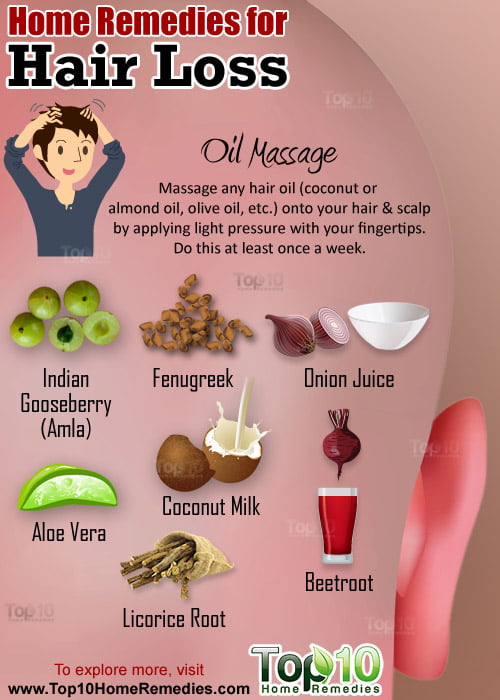
Throughout most of my life, I’ve always loved my hair. It was lush and silky, it could air dry to perfection, and it would even exude luster and health despite the chemical-laden shampoos and boxed dyes to which I subjected it. But all that changed when I turned 29. Almost overnight the hair I had taken for granted began falling out. My hairline receded, thick strands turned stringy, and my scalp became itchy, flaky, and uncontrollably oily. The reversal of fortune sent me into a near panic and, like any good beauty blogger, on a two-year mission to make my hair grow faster and solve my hair-thinning woes. Below, I recount what I discovered about hair loss, which unfortunately will affect two-thirds of women in the United States, methods I tried that failed, and what finally worked to bring back the hair I loved.
Stressful life events (pregnancy), medical treatments (chemotherapy), or malnutrition can cause periods of hair loss, but when none of the above apply, as was my case, the answer can be attributed to—yup, you guessed it—hormones.
“When we hit our 30s,” Lucinda Ellery, founder of the Lucinda Ellery Hair Loss Consultancy, explained, “the amount of human growth hormone in our bodies begins to dissipate. How this manifests in regards to our hair is each single follicle starts to shrink, and hair follicles begin to produce thinner, shorter, and more brittle hairs with weaker shafts, giving an overall thinning effect. This shift is definitely linked to our genetics and hormonal shifts that happen as we age.”
An increase in testosterone is also at play, Lucinda explained to me. With the help of an enzyme found in the hair follicles’ oil glands, testosterone is converted into DHT, which binds to receptors in the scalp follicles, causing them to shrink and/or fall out.
Hair loss: what didn’t work.
Upon hearing this, my immediate reaction was to search out hair loss prevention tonics and shampoos that work by preventing DHT buildup on the scalp with synthetic estrogen and harsh chemicals. These products temporarily worked, but the chemicals irritated my scalp, caused dermatitis outbreaks along my hairline, and ultimately were temporary fixes; the second I stopped using them, my hair fell out again.

Photo: Amy Chang
Products that helped with hair loss:
1. Switching to natural products.
It wasn’t until I explored green hair care that I saw consistent rebounding of my hair. The brand, Rahua, which uses rahua oil sourced from deep within the Ecuadorian Amazon and is rich in omega-9 particles small enough to penetrate the hair shaft and strengthen it from the inside out, was a big factor in restoring my hair. After a month of using the Rahua shampoo and conditioner, baby hairs began sprouting along my hairline, and my hair felt noticeably thicker. I also found relief for my irritated scalp with Reverie’s CAKE scalp tonic, whose blend of essential oils rebalanced my scalp pH, and potent apple stem cells supported hair growth; apple stem cells have been found in studies to prolong the anagen (growth) phase of hair follicles.
2. Scalp massages.
One big takeaway from my interview with Lucinda Ellery was her emphasis on oxygenating the scalp through massage to promote healthy hair. Since then, I started massaging my scalp for two to three minutes each time I shampooed, and once a week for five to 10 minutes with an omega-rich hair oil, like La Bella Figura’s Bohemia Verde Aromatic Hair Elixir.

3. Getting my thyroid health in check.
Switching to green hair care products fixed my hair thinning 80 percent of the way, but starting on synthetic thyroid medication took me the last 20.
When my hair first began falling out, I had extensive blood work done to test my iron levels, hormones levels, and thyroid. My general practitioner deemed everything to be in normal ranges, but it wasn’t until a year later when I started trying to get pregnant last summer, that my OBGYN flagged my thyroid. She said my TSH (thyroid-stimulating hormone) was in the “normal” range at 3.5 (normal range is 0.5 to 4), but that the “ideal” range for women is 1 to 2. She suggested I start taking a very low dose of the synthetic thyroid hormone levothyroxine. After one month on the medication, my hair started growing like crazy. It’s been six months since I started taking the synthetic hormone, and paired with my green hair care routine and scalp massages, this has caused my hair to be thicker and healthier than it’s ever been.
The medication route worked for me, but for those who prefer a holistic approach, check out how to support your thyroid through food.
Want more beauty inspiration? Read why we’re all about skin positivity this year.
[“Source-mindbodygreen”]
















